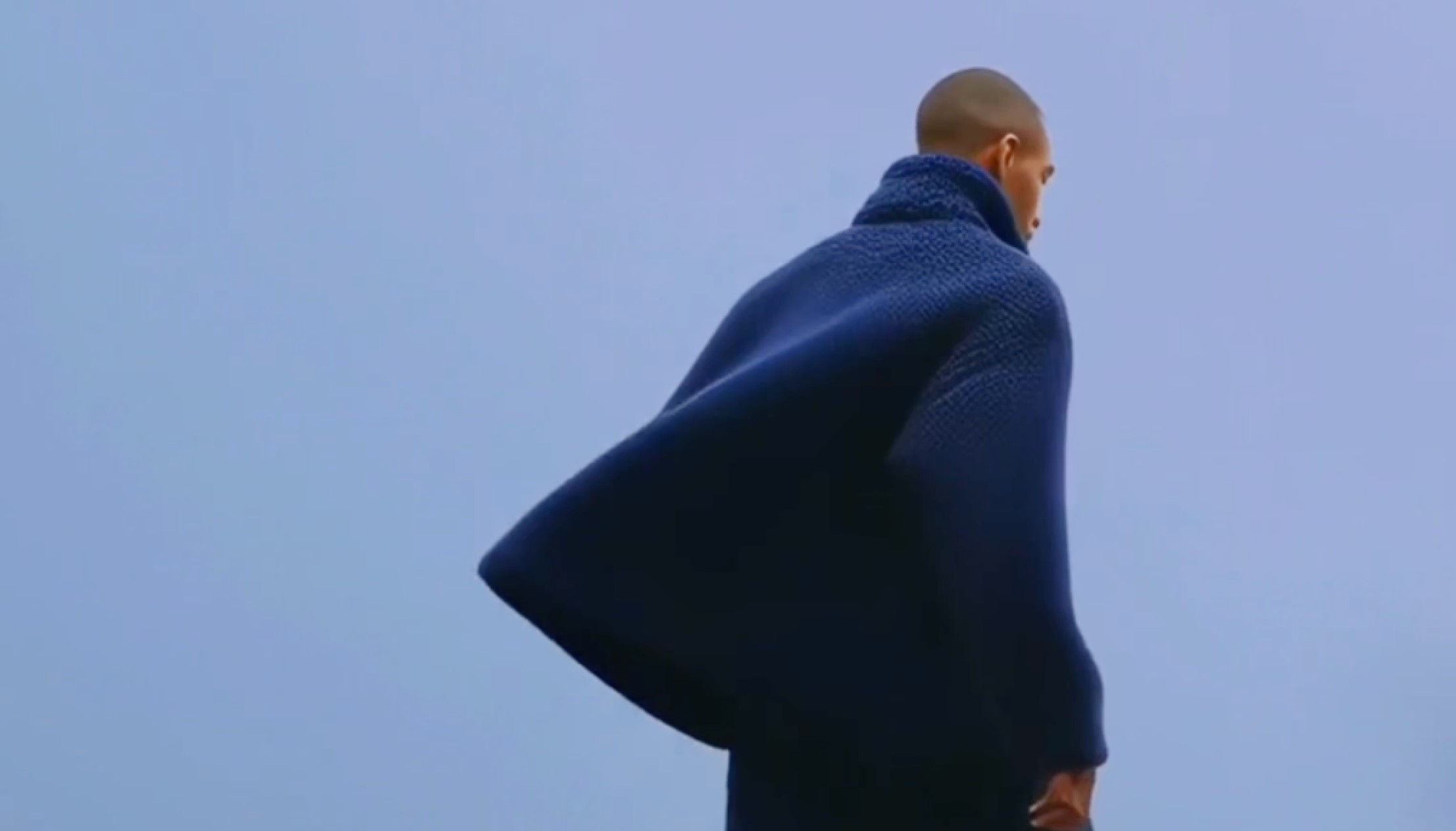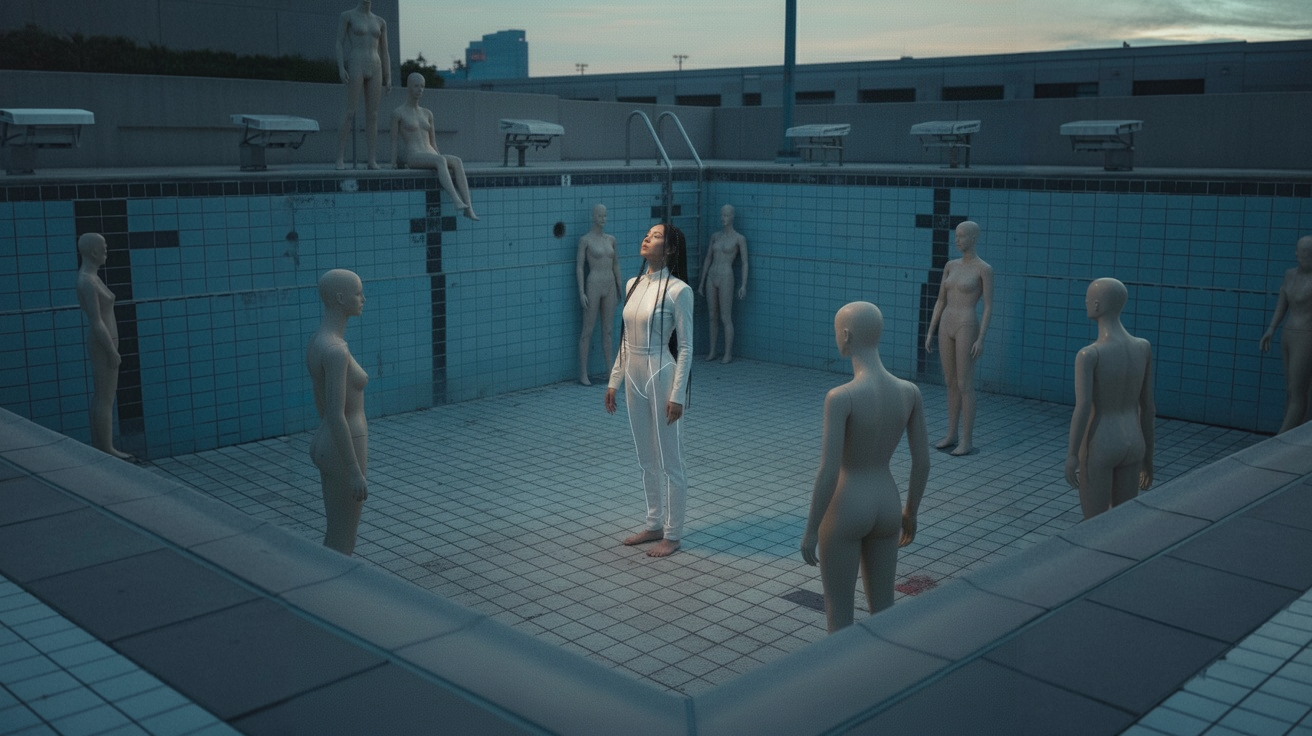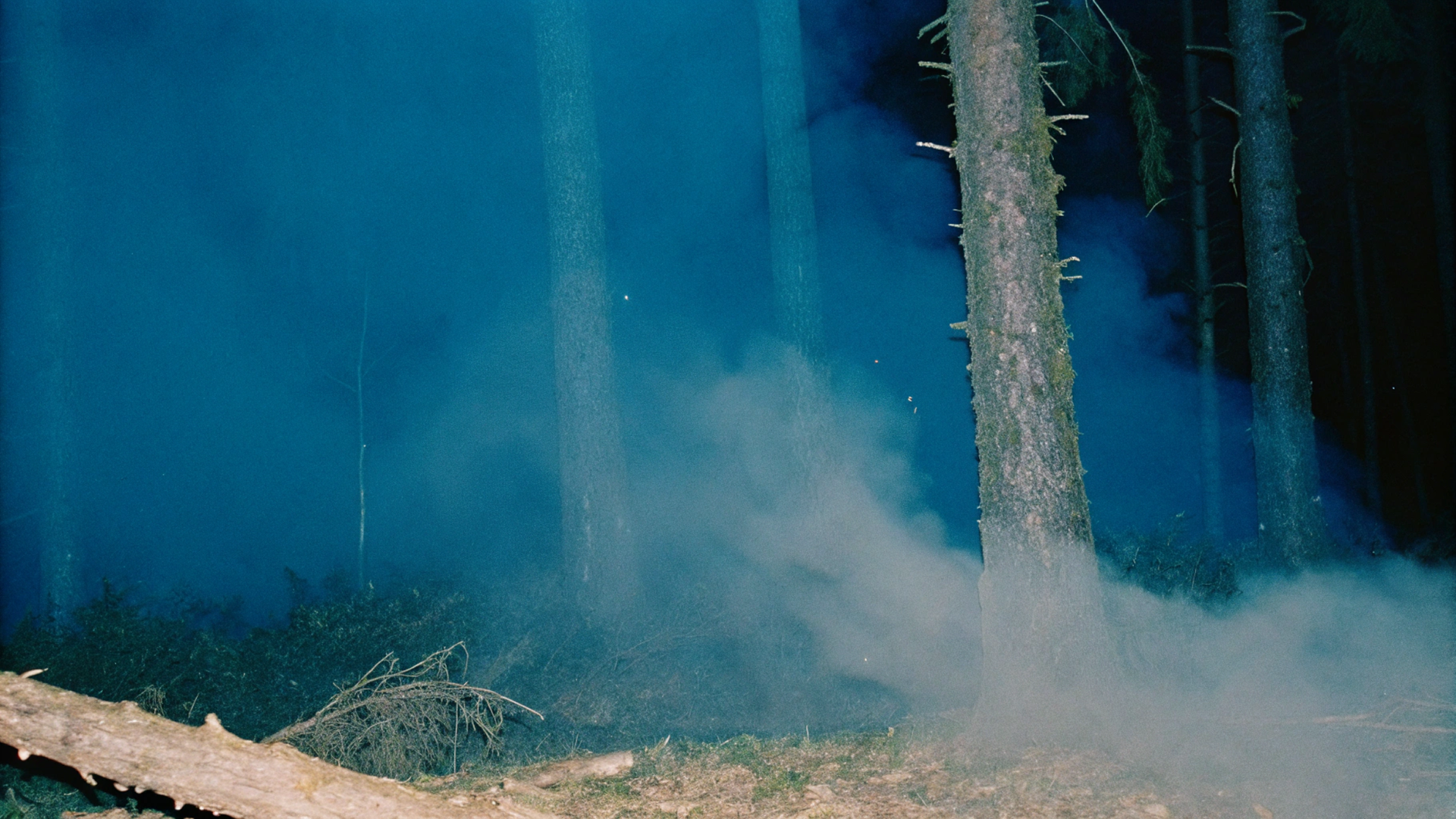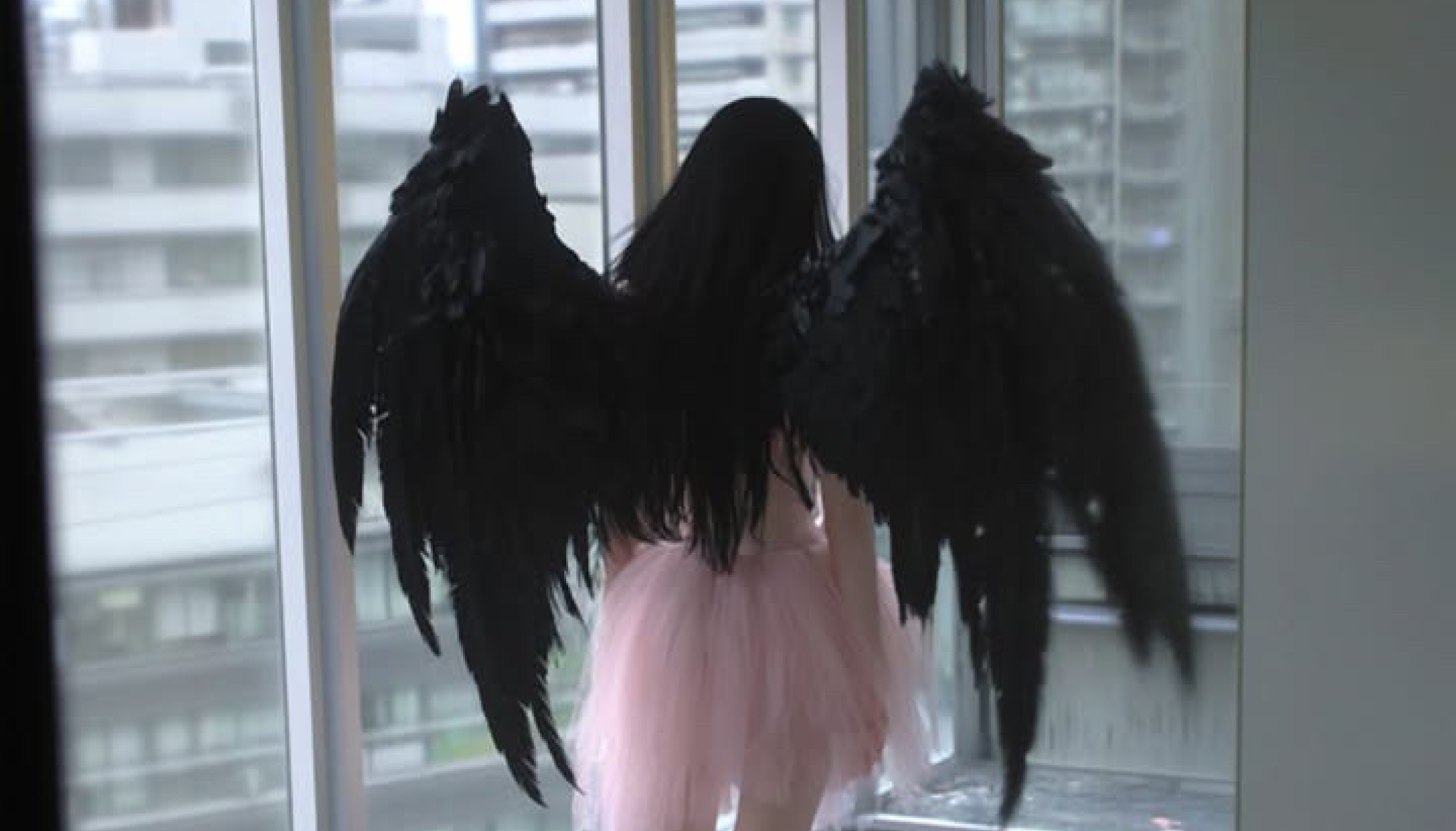Aaron Ricketts isn’t just behind the camera—he’s often a step ahead of it. With a background in the U.S. Air Force, and a portfolio that spans from Offset’s now-legendary proposal to Cardi B, to high-concept editorial work steeped in surrealism and precision, Ricketts is a photographer who merges discipline with imaginative freedom. His moving image and photography work always carries a certain weight: strikingly composed, yet emotionally immediate, grounded in real-time intimacy, but elevated by dreamlike visual codes.
We sat with Ricketts to talk about some of the through-lines in his creative process, including his wide-ranging influences that span René Magritte, anime, and high fashion. In the conversation, we explore what it means to document culture in motion, the ethical embrace of new tools like AI, and how platforms like Superstudio have opened up new pathways for experimentation and storyboarding.
Whether capturing historic moments or crafting speculative ones, Ricketts exemplifies what it looks like to move fluidly between medium, method, and mindset.
Your transition from serving in the Air Force to capturing iconic moments in hip-hop culture is pretty remarkable. How does your background influence your perspective and approach to photography?
My time and background in the Air Force really helped shape who I am today and how I approach almost all aspects of my life, especially my photography. The military is such a structured and organized lifestyle, technical, in a way. That attention to detail and focus on the small things definitely shows up in my work. As wild or unconventional a concept might be, I’ve learned that you can only really pull it off if you understand how it all needs to come together.
“Attention to detail and a focus on the small things definitely shows up in my work. As wild or unconventional as a concept might be, I’ve learned that you can only really pull it off if you understand how it all needs to come together.”
You’ve been behind the lens for some unforgettable events, like Offset’s proposal to Cardi B. Can you share what goes through your mind when you’re in the midst of such high-stakes moments?
Whether it’s a moment like that, capturing stills on a film set, or covering the number one draft pick for the WNBA, the only thing on my mind is making sure I get the shot. Moments are so fleeting, and when people trust me to capture them, I take that responsibility seriously. There’s no time to second guess. Shoot first, ask questions (or forgiveness) later.
How do you see the role of storytelling in your work, and how might AI tools enhance or transform that narrative?
I see my work as a moment where people are given the space to act—whether that’s a physical motion or an emotion—and there’s a layer of storytelling that naturally comes with that. AI has been incredibly useful in supporting that process, especially when it comes to moodboarding and storyboarding. Being able to generate visual references that closely match what I’m aiming to create not only helps communicate ideas clearly, but sometimes sparks new directions that make the final concept even stronger.
“I see my work as a moment where people are given the space to act—whether that’s a physical motion or an emotion—and there’s a layer of storytelling
that naturally comes with that.”
Who or what are some of your biggest influences?
René Magritte will forever be at the top of my list. I’ve also been heavily influenced by artists like Irving Penn and Jean-Paul Goude. And of course, anime has been a huge source of inspiration for me—visually, emotionally, and stylistically.
As someone who’s always exploring new mediums, what has been your experience integrating AI tools like Superstudio into your creative process? Have they opened up new avenues for creative expression?
As much back and forth as there is about AI, I genuinely love it. This is just my perspective, but I think every artist, or really anyone, should be open to understanding new technology as it emerges. At the end of the day, AI is a tool, and like any tool, it’s all about how you choose to use it.
“Every artist should be open to understanding new technology as it emerges.
At the end of the day, AI is a tool.”
For me, platforms like Superstudio have helped streamline the creative process, especially when I already have a clear vision. But beyond that, AI has opened up new ways to experiment with form, motion, and storytelling. It gives me the ability to test visual ideas quickly, create things that might be too complex or expensive to pull off physically, and sometimes even arrive at outcomes I wouldn’t have thought of on my own. It’s made the ideation process feel more fluid and more fun.
Given your journey and experiences, what advice would you offer to emerging photographers and visual artists who are navigating the evolving landscape of digital and AI-enhanced art?
I think one thing people need to hear is this: just make the work, whatever it is. A lot of people wait for the “perfect” moment to pull something off, and in doing that, they let too much time pass. They lose the feeling that made them want to create in the first place. There’s no perfect moment. There’s only right now. And if you end up not liking the outcome, that’s fine. You still gained experience, and that’s going to help you get better results the next time.
What are you streaming lately?
The Apothecary Diaries, Fire Force, The Unaware, Atelier Meister, and a whole lot more other anime.



